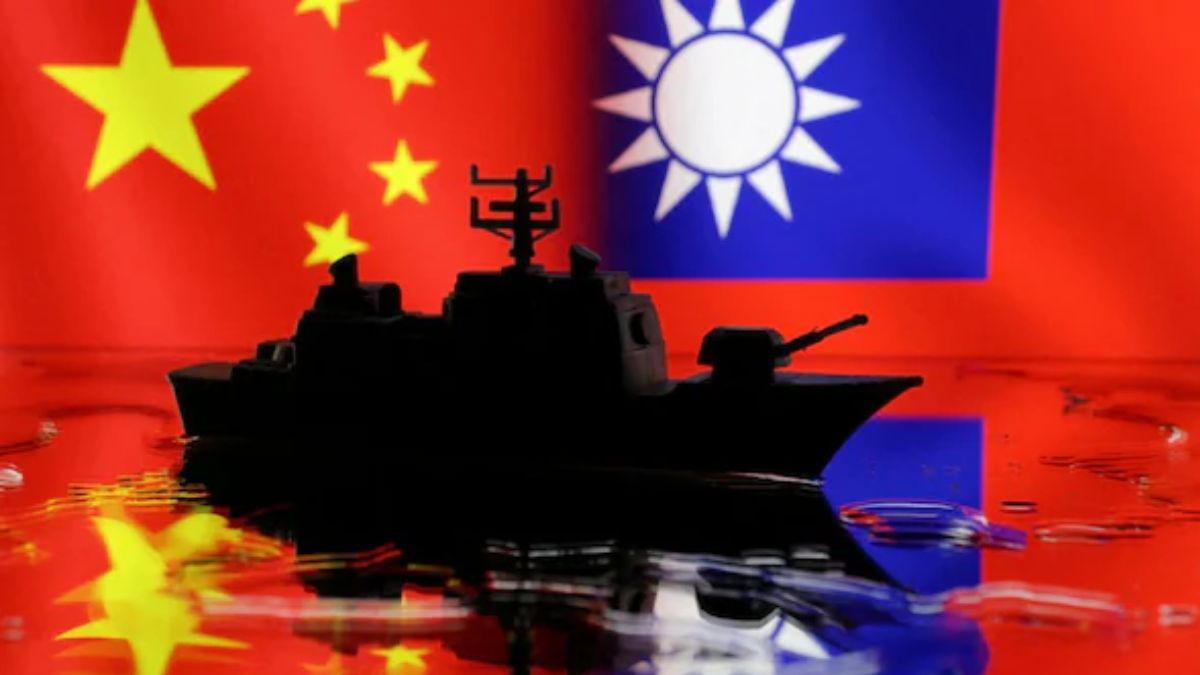Earlier this week, Taiwan launched its annual 10-day-long military exercise as China expands its belligerent moves against the island nation, which it considers its own. The drills are intended to guard against Beijing’s expansionist behaviour.
This year’s 10-day live-fire Han Kuang drills are the longest yet and follow the delivery of a range of new weaponry from tanks to waterborne drones. The drills in Taiwan come as regional tensions and harassment by China and its People’s Liberation Army (PLA) are increasing.
The drills began with exercises to counter the actions of Chinese Coast Guard and maritime militia ships that have been harassing Taiwanese ships around offshore island groups close to the Chinese coast, the Defence Ministry said.
Concerns are that China could launch an invasion under the guise of petty harassment, and the drills will include fortifying ports and possible Chinese landing points on an island lying 160 kilometres (100 miles) off the Chinese coast.
Lessons from Ukraine
As Taiwan conducts its longest-ever drills, its actions come as Taipei learns its lessons from Ukraine, which has been at war with Russia for more than three years.
Taiwan is systematically incorporating key lessons from Ukraine’s defence, such as decentralised command, civil preparedness, and countering hybrid warfare, into its largest-ever military drills.
The country’s military leadership openly acknowledges that the Han Kuang drills are shaped by lessons from Ukraine’s resistance to Russia, focusing on realistic combat scenarios and the vulnerabilities exposed in that conflict.
Impact Shorts
More ShortsHow are the drills inspired by Ukraine?
The drills prioritise decentralising command structures and protecting communications infrastructure, reflecting how Ukraine maintained operational effectiveness under cyberattacks and missile strikes.
Taiwan is enhancing air-raid shelters, issuing new civil defence guidance, and running public air defence exercises, steps modelled after Ukraine’s approach to protecting civilians during large-scale attacks.
Countering ‘grey zone’ tactics is being seen as an important part of modern warfare. Taiwan’s exercises have begun with countermeasures against Chinese Coast Guard and maritime militia harassment, mirroring the hybrid warfare and ambiguous aggression seen in Ukraine.
Taiwan has deployed US-supplied Abrams tanks and HIMARS rocket systems, both used by Ukraine.
An innovation from observation experience
During the drills, Taiwan will recreate invasion scenarios through live simulations. It includes round-the-clock, live-fire operations, anti-landing exercises, and the mobilisation of 22,000 reservists, the largest number to date, to test readiness for a full-scale invasion.
The country is also preparing its citizens for a possible war scenario. It’s devising public messaging systems and fighting misinformation. Authorities are warning citizens about potential disruptions and urging vigilance against disinformation, a challenge Ukraine has faced throughout the conflict.
There could be more behind the ongoing Taiwan exercise. It could also be aimed at strategic signalling. By making the drills more rigorous and public, Taiwan looks to aim at deterring China by demonstrating that it is an unpredictable adversary, just as Ukraine has proven to be for Russia.
With inputs from agencies
)